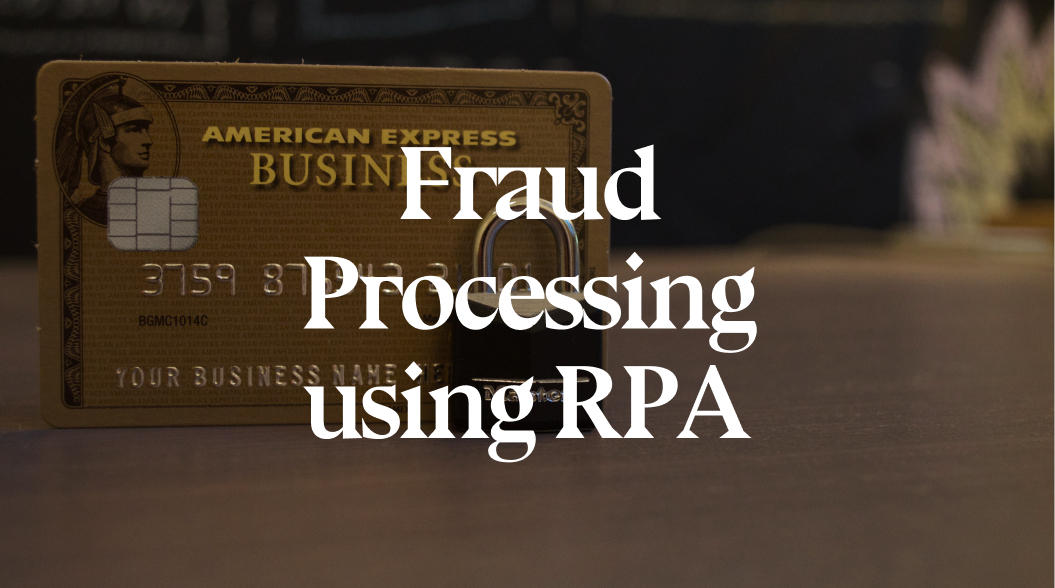The total value of fraudulent transactions using cards issued within the Single Euro Payments Area (SEPA) and acquired worldwide amounted to €1.8 Billion in 2016, according to the fifth report on card fraud by the European Central Bank. Furthermore, there is an increase in card-not-present (CNP) fraud of 66 percent over the years 2011-2016, leading to a 35 percent increase in the overall fraud.
Worst yet, Europe is not the only player in the market. All around the world, economies seem to be cast in the same mold! Of the $788.6 billion transaction value on Australian cards in 2018, $574.3 million is a fraudulent transaction. There is a prevailing fraudulent rate of 72.8 percent per $1000, according to the reserve bank of Australia, reflecting the growing growing trend of online card fraud and cybercrime. With such figures, there has never been greater need and justification for early fraud detection and fraud prevention mechanisms in the banking industry.
Combating fraud through conventional techniques has several problems. Most times, they are inflexible to integrate into multiple systems, lack access to external data and real-time behavioral profiling and analysis, and offer multiple fraud management systems across the value chain.
So, what is the solution?
For all the know-not, welcome to the world of Robotic Process Automation (RPA)! From Repeat and Do RPA, it has evolved into autonomous RPA that can be applied to end-to-end solutions and cognitive RPA that is suited for analyzing pieces of data and making a decision. With the advent and extensive use of machine learning and natural language processing, not to forget increasing globalization and virtualization of workspace, there is a strong need for robust and efficient techniques in place of traditional ones.
A series of machine learning algorithms that constantly perform a series of checks and balances with the sole purpose of determining anomalies, identifying patterns, and decision-making of fraudulent activity is put in place using cognitive thinking. Upon triggering and detection of fraudulent behavior, an automated call or SMS alert is sent to the user to validate the credentials and key information. In the case of unresponsiveness, the user is flagged and reported.
Simply put, RPA gathers and captures all the data from the user including voice recognition features in an application layer, and sends it for subsequent storage and profiling. Through Cognitive RPA and Cognitive Virtual Reality, the spending patterns and habits of users, additional real-time analysis is done. It also handles pattern retrieval and validation through SMS or call.
